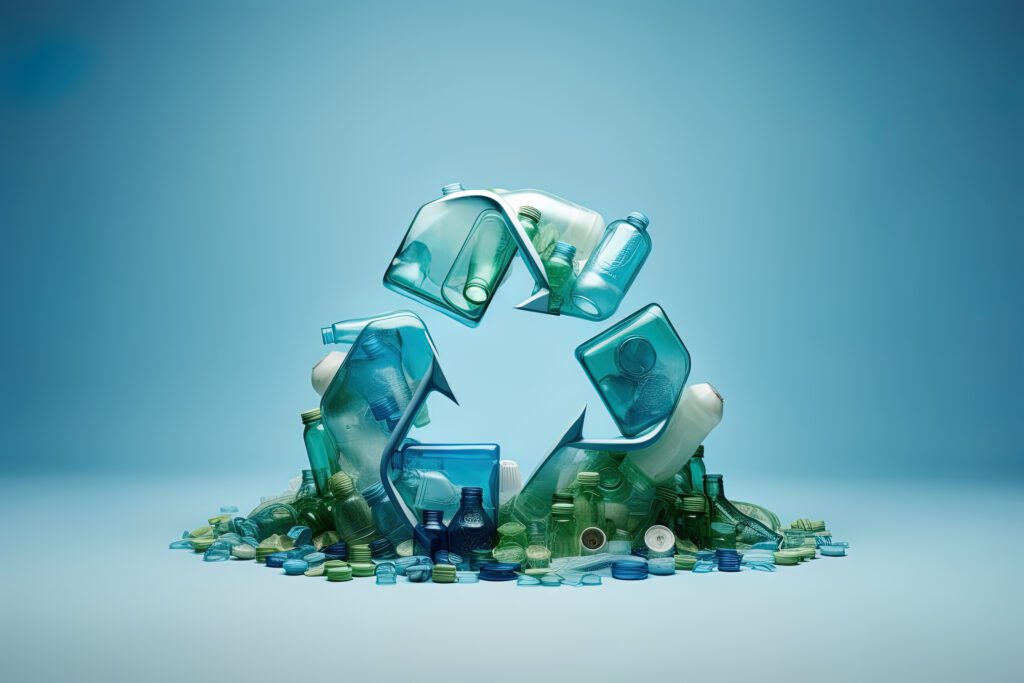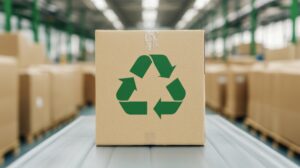The European Union (EU) has been at the forefront of environmental legislation, and one of its key initiatives is the EU Packaging Directive. This directive aims to reduce the environmental impact of packaging waste and promote a circular economy. In this blog, we’ll explore the EU Packaging Directive, who needs to comply, the steps for compliance, the implementation schedule, and how these regulations might impact your business.
What is the EU Packaging Directive?
The EU Packaging Directive (Directive 94/62/EC) is a comprehensive set of regulations designed to manage packaging waste across the EU. Its primary goals are to reduce the amount of packaging waste generated, encourage the recycling and reuse of packaging materials, and ensure that packaging regulations are consistent across all EU member states. The directive covers all types of packaging, including industrial, commercial, household, and other sectors, and sets specific targets for recycling and waste management.
Who Must Comply with the EU Packaging Directive?
Compliance with the EU Packaging Directive is mandatory for manufacturers, retailers, distributors, and importers. Essentially, if your business places packaging on the EU market, you must comply with the directive. This includes companies that produce packaging materials, businesses that sell packaged goods, entities involved in the distribution of packaged products, and companies that import packaged goods into the EU.
Steps for Compliance
Compliance with the EU Packaging Directive requires several key steps:
- Understand the Regulations: It’s critical to familiarize yourself with the specific requirements of the EU Packaging Directive and to understand any national laws that may apply in the countries where your products are sold so you can design your packaging for compliance. You can find comprehensive information on the EU Packaging Directive regulations on the European Commission’s official website.
- Registration with National Databases: You must also register with national packaging registers in each EU country where you place packaged goods on the market. For example, Germany has the LUCID register, and Poland has the BDO register. There currently isn’t a single registry for the entire EU.
- Extended Producer Responsibility (EPR): Additionally, companies are required to participate in EPR schemes, which involves paying fees based on the amount and type of packaging they place on the market. Producer responsibility schemes must finance the return, collection, and recycling of used packaging, aligning with EU Waste Framework Directive standards. These schemes incentivize packaging designed for reuse or high-quality recycling, mitigating environmental impacts.
- Reporting and Documentation: Your company must regularly report data on their packaging use and management efforts to the corresponding database per country. This includes submitting detailed reports on the types and quantities of packaging materials used.
- Compliance with Packaging Standards: Packaging must meet specific requirements related to its manufacturing, composition, and recyclability. This includes using a certain percentage of recycled materials and ensuring the packaging is reusable or recyclable and labeled in accordance with EU regulations.
Implementation Schedule
Some of the key dates for the EU Packaging Directive include:
- By 2025, all packaging must meet specific recycling targets, such as 50% for plastic and 75% for paper and cardboard.
- By 2030, all packaging on the EU market must be reusable or recyclable in an economically viable way.
- Starting January 1, 2030, certain single-use plastic packaging types will be banned, including packaging for unprocessed fresh fruit and vegetables and individual portions for condiments.
Regular updates and amendments to the directive will continue to incorporate new sustainability measures and targets.
How Will the New Regulation Impact My Business?
The new regulations will have several impacts on businesses. Compliance may involve initial costs for redesigning packaging and participating in EPR schemes. Businesses may need to adjust their supply chains and packaging processes to meet new requirements. However, companies that adapt quickly can gain a competitive edge by appealing to environmentally conscious consumers.
Ensuring compliance will also help avoid potential fines and legal issues, including distribution bans. While the EU Packaging Directive presents challenges, it also offers opportunities for businesses to innovate and lead in sustainability. By understanding and complying with these regulations, companies can contribute to a greener future and build a positive brand image.
Get Help Planning for the New EU Regulation
If you import into the EU, you must evaluate the enforcement approach for every country where you place products. You must then monitor the scope of the requirements in each country, as countries can add additional requirements beyond the minimum requirements stipulated by the EU Regulation.
If you’re wondering where to start with all of this, Tetra Tech can walk you through the process and help you set up a Packaging Regulation action item plan, which will keep you compliant as the various member states add their own national-level packaging requirements on top of the EU Packaging Regulation.
Contact Tetra Tech’s product compliance experts today at [email protected]. We can help you understand the changes in scope that will affect you and can support you in keeping your compliance intact in the face of changing requirements.






